#Labrador Sea
Explore tagged Tumblr posts
Text
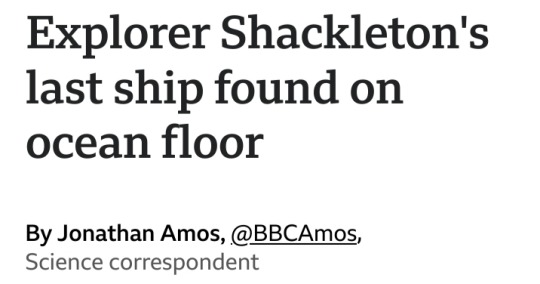
12 June 2024
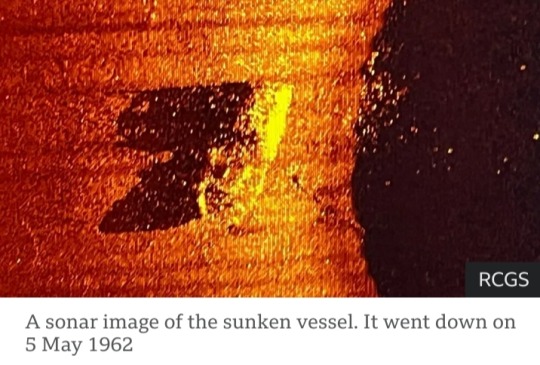
Wreck hunters have found the ship on which the famous polar explorer Ernest Shackleton made his final voyage.
The vessel, called "Quest," has been located on the seafloor off the coast of Newfoundland, Canada.
Shackleton suffered a fatal heart attack on board on 5 January 1922 while trying to reach the Antarctic.
And although Quest continued in service until it sank in 1962, the earlier link with the explorer gives it great historic significance.
The British-Irish adventurer is celebrated for his exploits in Antarctica at a time when very few people had visited the frozen wilderness.
"His final voyage kind of ended that Heroic Age of Exploration, of polar exploration, certainly in the south," said renowned shipwreck hunter David Mearns, who directed the successful search operation.
"Afterwards, it was what you would call the scientific age. In the pantheon of polar ships, Quest is definitely an icon," he told BBC News.
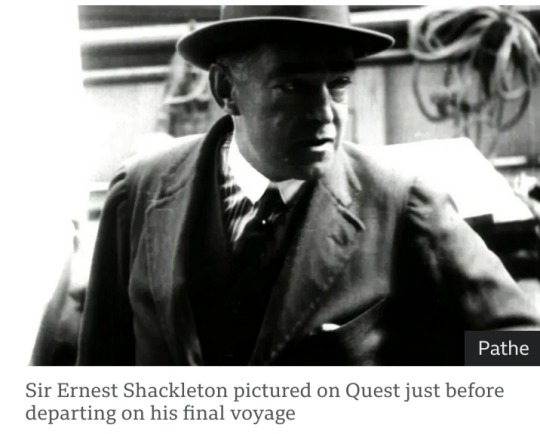
The remains of the ship, a 38m-long schooner-rigged steamship, were discovered at the bottom of the Labrador Sea on Sunday by a team led by The Royal Canadian Geographical Society (RCGS).
Sonar equipment found it in 390m (1,280ft) of water. The wreck is sitting almost upright on a seafloor that has been scoured at some point in the past by the passing of icebergs.
The main mast is broken and hanging over the port side, but otherwise, the ship appears to be broadly intact.
Quest was being used by Norwegian sealers in its last days. Its sinking was caused by thick sea-ice, which pierced the hull and sent it to the deep.
The irony, of course, is this was the exact same damage inflicted on Shackleton's Endurance - the ship he used on his ill-fated Imperial Trans-Antarctic Expedition of 1914–1917.
Fortunately, the crews of both Endurance, in 1915, and Quest, in 1962, survived.
Indeed, many of the men who escaped the Endurance sinking signed up for Shackleton's last polar mission in 1921-1922, using Quest.

His original plan had been to explore the Arctic, north of Alaska, but when the Canadian government withdrew financial support, the expedition headed south in Quest to the Antarctic.
The new goal was to map Antarctic islands, collect specimens and look for places to install infrastructure, such as weather stations.
Shackleton never made it, however, struck down by heart failure in the Port of Grytviken on the British Overseas Territory of South Georgia, the last stop before reaching the White Continent. He was just 47 years old.
After his death, Quest was involved in other important expeditions, including the 1930-31 British Arctic Air Route Expedition led by British explorer Gino Watkins, who himself tragically died aged 25 while exploring Greenland.
Quest was also employed in Arctic rescues and served in the Royal Canadian Navy during WWII, before being turned over to the sealers.

The RCGS team members carried out extensive research to find Quest's last resting place.
Information was gathered from ship's logs, navigation records, photographs, and documents from the inquiry into her loss.
The calculated sinking location in the Labrador Sea was pretty much spot on, although the exact co-ordinates are being held back for the time being.
A second visit to the wreck, possibly later this year, will do a more complete investigation.
"Right now, we don't intend to touch the wreck. It actually lies in an already protected area for wildlife, so nobody should be touching it," associate search director Antoine Normandin said.
"But we do hope to go back and photograph it with a remotely operated vehicle, to really understand its state."
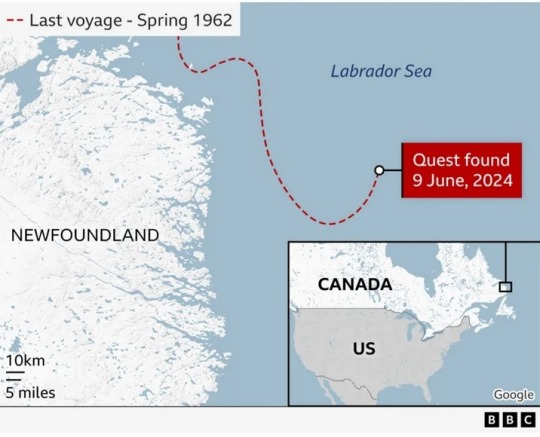
Alexandra Shackleton is the explorer's granddaughter and was patron to the RCGS survey.
"I was thrilled, really excited to hear the news; I have relief and happiness and a huge admiration for the members of the team," she told BBC News.
"For me, this represents the last discovery in the Shackleton story. It completes the circle."
The explorer continues to spark interest more than a century after his death.
Hundreds of people visit his grave on South Georgia every year to pay their respects to the man known by his crews simply as "The Boss."
"Shackleton will live forever as one of the greatest explorers of all time, not just because of what he achieved in exploration but for the way he did it, and the way he looked after his men," said David Mearns.
"His story is timeless and will be told again and again; and I'm just one of many disciples who'll keep telling it for as long as I can."
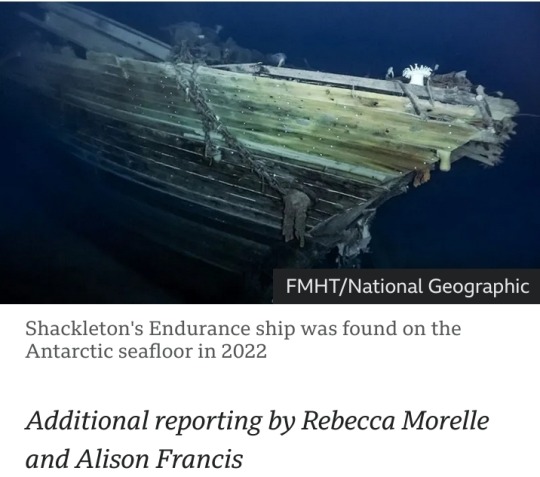
—
Sir Ernest Henry Shackleton CVO OBE FRGS FRSGS (15 February 1874 – 5 January 1922) was an Anglo-Irish Antarctic explorer who led three British expeditions to the Antarctic.
He was one of the principal figures of the period known as the Heroic Age of Antarctic Exploration.
#Ernest Shackleton#Quest#Newfoundland#Canada#Antarctic#polar explorer#shipwreck hunter#shipwreck#Labrador Sea#The Royal Canadian Geographical Society (RCGS)#Endurance#1930-31 British Arctic Air Route Expedition#Gino Watkins#sonar instrument#Heroic Age of Antarctic Exploration#Sir Ernest Henry Shackleton#British expeditions
66 notes
·
View notes
Text

Pop quiz #MAGA - name all these flags & their surrounding bodies of water, and why those are so important for these #GeopoliticalTensions Hint number 1: Northern Sea Routes There is plenty more about. #Read this article to understand it
https://halflifecrisis.com/hlc-articles/why-is-trump-destroying-geopolitical-alliances…
It affects YOU!
#half life crisis#baqueroalvarez#authoritarianism#propaganda#politics#author#donald trump#geopolitics#geopolitical tensions#national security and international tensions#regional tensions#diplomatic tensions#greenland#denmark#russian agression#russia#usa politics#america#canada#united states#united states of america#usa#elections#artic ocean#labrador sea#baltic#trump is a threat to democracy#trump#trump is a criminal#trump is the enemy of the people
13 notes
·
View notes
Text
Ice Berg!


4 notes
·
View notes
Text
Unpredicted Cooling of Atlantic Ocean - What are Consequences in North America & Europe
The Atlantic Ocean, a crucial player in regulating global climate patterns, is currently experiencing a baffling and unprecedented cooling trend. While the global climate crisis has predominantly led to rising temperatures, especially in the oceans, the dramatic drop in temperature in specific Atlantic regions has both astonished and alarmed scientists. This unexpected cooling, occurring while…
#AMOC#Atlantic Anomaly#Atlantic Cooling Trend#Atlantic Ocean#Climate Mystery#Climate Shift 2024#Climate Shockwave#Cooling Waters#europe#fishing industry#food chains in ocean#Global Climate Alert#global ecological health#global warming#Global Warming Contradiction#Greenland#heatwaves#hurricanes#Labrador Sea#Marine Mysteries#north america#Ocean Science#Ocean Science Alert#Oceanic Disruptions#Oceanic Enigma#scientific mystery#Sea Change Now
0 notes
Text

Omg meet me here bestie
🐶
0 notes
Text


modern day selkie 🦭
#im glad i brought my sealskin capelet this time because the wind was a bit chilly today!#handmade#sealskin crafts#sealskin#selkie#selkies#paddy's pond#newfoundland#newfoundland and labrador#artists on tumblr#sewists of tumblr#sewing#handmade capelet#handmade clothing#crafts#crafting#cottagecore#cottagecore aesthetic#naturecore#sea#ocean#selkie fashion#selkie sealskin#seal pelt#harp seal#seal fur#rabbit fur#fox fur#capelet#newfie
133 notes
·
View notes
Text
I have family from Newfoundland, so I always like to imagine some sort of representation of that in Percy Jackson or even in Comics. Listen. Poseidon being a Jimmy Buffet esque coastal sailor is nice, but i'd like it if Neptune was depicted as some briny sailor type from the atlantic, possibly with a Newfoundland accent. In fact, maybe I'll start trying to imagine Aquaman has a Newfoundland accent when I read DC comics. Namor already has the imperious, tempestuous aspect of the ocean covered (plus he's already got the roman stuff covered), so let's have Aquaman be some east coast sailor man who sounds like a newfie. Why not? He can depict a different aspect of the sea in that way, the usually more calm and laid back aspect (but considering he's a sailor and a king, he's still decently regal). But you get what I mean. Let's make them different, and let's give newfoundland some attention. I haven't ever been, but with maternal family from there, i have some connections. Besides, it looks beautiful.
#rambles#ramblings#pjo#percy jackson#comic books#comics#the Sea#poseidon#neptune#namor#namor the sub mariner#prince namor#aquaman#arthur curry#aquaman comics#newfoundland and labrador
7 notes
·
View notes
Text
Sea Dogs have been around for 10 years. Oh how the time flies.
#Sea Dogs#hard rock#rock#stoner rock#stoner metal#heavy metal#metal#doom metal#St. John's#Newfoundland#Newfoundland and Labrador#NL#NFLD#Heavy NFLD#YYT#709#Canada#Canadian rock#Canadian metal#Newfoundland metal#Newfoundland rock
3 notes
·
View notes
Text
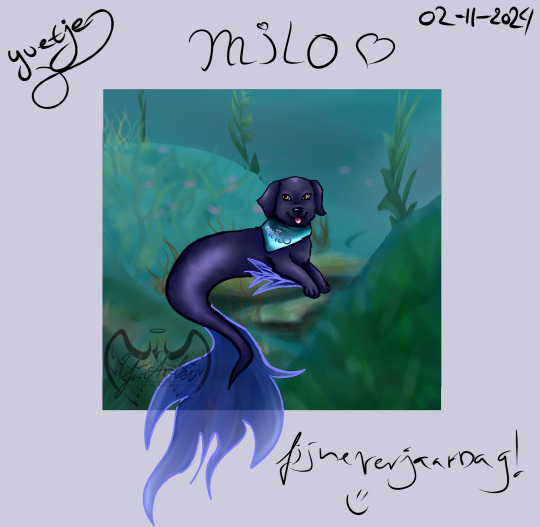
A gift for my sisters birthday today :D Milo as a merdog / mermaid dog
Art (C) Y. Arlar, Me
2 notes
·
View notes
Text



Furry friends are patrolling the beaches of the Tyrrhenian Sea all summer long, helping to keep swimmers safe.
These specially trained dogs are experts at water rescue, and they can even tow multiple swimmers to safety at once.
Dog lifeguards are typically large breeds of dogs, such as Newfoundlands, Golden Retrievers, and Labrador Retrievers.
They are known for their strong swimming skills, their calm demeanor, and their gentle nature.
To become a dog lifeguard, dogs must undergo rigorous training.
They learn how to swim in all types of water conditions, how to rescue swimmers in distress, and how to work with human lifeguards. 🏖️🐶
—
The Tyrrhenian Sea is located off Italy's western coast, between the Italian Peninsula and Sardinia Islands (Italian Territory) and Corsica Islands (French territory).
The sea borders several regions on the peninsula, including Lazio, Tuscany, Basilicata, Campania, and Calabria.
#dogs#trained dogs#dog lifeguards#rescue#swimming#beach#lifeguard#furry friends#Tyrrhenian Sea#Newfoundlands#Golden Retrievers#Labrador Retrievers#Italy#water rescue#swimmers#rigorous training#animals
3 notes
·
View notes
Text



Magic! Friendship! Imagination!
If that’s where you wish to be…
Come now, follow me…
Look! A bridge made
of moss and tree,
And a river that flows
Far out to sea!
A tunnel! Darkness!
Magic and mystery!
A world where you’ll see
More than eyes can see…
.
The Last Stardog full short film is now available to watch on YouTube, I hope you enjoy!
.
Do you wish… to walk in a magical realm? With stars, moths, crows, frogs and tiger too?
youtube
#cute art#sea#ocean#landscape#astrology#astronomy#dogs#labrador#golden labrador#the last stardog#ekmosley#original art#traditional art#fantasy art#fantasy books#Youtube
2 notes
·
View notes
Text
Day 4 at Sea & Another Diversion!
Wednesday 19th June 2024 – The Labrador Sea.
I love sea days but the trouble is that the gentle rocking (or rolling) tends to be very soporific. Admittedly, I’m a slow reader but the day before yesterday, I read 3 pages of my new book and fell asleep. Yesterday, I managed a couple of chapters (short ones!) and fell asleep again. At this rate, it’s going to take 3 months to finish it!
Yesterday evening, we saw whales; no photos I’m afraid – too far away and not on the surface long enough but a lovely sight.


Dinner was ‘casual’ last night ie. in the World Cafe where the Seafood selection is second to none!

I also couldn’t resist the beautifully rare Mustard glazed Roast Beef, with a jacket potato and all the usual condiments. I didn’t take a photo of the Rhubarb crumble because it was actually cold and in a tiny pot; no custard either but it was nice just the same.
The show last night was the second outing for special guest performer Mark Hussey, an accomplished British classical and flamenco guitarist. Nice sense of humour too.
With another hour back on the clocks and a decent night’s sleep, we’re now 3 hours behind UK time.


This morning though, Jacques and Aloysius were on ice-berg watch as we passed by more ice-bergs – quite large but before poor Johnny at home has kittens again, quite a long way off!

Zoom lenses are an amazing invention, don’t you think? Can you see the sea bird just below centre in this next photo?

Interesting Fact: Did you know that ice-bergs generally float on their side, rather than upright? Well you do now! This is why their striations or layers often appear at an angle.

However, there was more bad news to come in Captain Olav’s noon announcement (by the way, Andrew has pointed out that it is ‘Olav’ and not ‘Olaf’).
Apparently, heavy rain and gale-force winds are predicted at L’Anse aux Meadows tomorrow and since it was to have been another tendering stop, we shall not now be going there! Instead, arrangements are being made for us to make a call at Sydney, no, not in Australia but on Cape Breton Island, Nova Scotia. But that’s not till Friday, so it’s going to be another (cold) day at sea tomorrow – that makes 5 since we left Isafjordur, Iceland!
Missing Newfoundland altogether is bit of a bummer, especially on top of missing both Greenland stops, but we visited Sydney on Celebrity Summit in 2012 and there’s not much there of interest!

In today’s programme, the event was described as ‘The Great Cakes’ poolside but to be honest, after some of the elaborate displays we’ve seen over the years, it really wasn’t much to write home about.
But as Marie Antoinette is reputed to have said, “Let them eat cake!”
1 note
·
View note
Text

Sea arch
Burnt Head, Newfoundland
#my pics#photography#ocean#sea arch#Newfoundland#newfoundland and Labrador#sea#original photography#mine
2 notes
·
View notes
Text
Here Be Monsters: Fortune Harbour

In the summer of 1937, something unexpected surfaced in the waters off Fortune Harbour—a creature so large and unfamiliar that locals took up arms in pursuit.
For two days, men chased it through the bay with guns, harpoons, and lances. When they finally brought it in, tied to the side of the motor vessel Golda, they found themselves face to face with something they couldn't quite explain.

The creature measured 34 feet long and a girth of 25 feet. It had flippers four feet in length, a snout nearly nine feet long, and a mouth wide enough to swallow a small boat. Its tail spanned over nine feet. Oddly, it had no visible fins, just thick blubber—over nine inches of it—and signs it might be carrying young.
Captain E.B. Noble, who reported the event to The Evening Telegram, said plainly: “This monster is certainly worth seeing.”
Speculation followed quickly. Some believed it to be a bowhead whale, more commonly found in Arctic waters. Others thought it might be a Right Whale. But many who saw it firsthand weren’t so sure. It didn’t look like any whale they knew from Newfoundland’s shores.

The body was eventually taken to Nipper’s Harbour, where plans were made to process it if no sale could be arranged. The creature’s identity remains uncertain to this day.
Whether it was an out-of-place Arctic species or something rarer still, the 1937 Fortune Harbour sea monster reminds us that even those who’ve spent their lives on the water—working its tides and reading its moods—can still be met with something they can’t explain.
The truth is, the unknown is never far offshore.

Here Be Monsters
On Newfoundland’s foggy coast, not everything strange is imagined—and not everything real can be explained.
The Here Be Monsters series dives into historical sea monster sightings reported in Newfoundland’s headlines — real accounts from people who lived and worked on the water. These stories may not all point to undiscovered creatures, but they remind us that even in well-known harbours and fishing grounds, the sea still has its secrets. And those secrets can surprise, unsettle, and leave even the most seasoned mariners with more questions than answers.
1 note
·
View note
Text

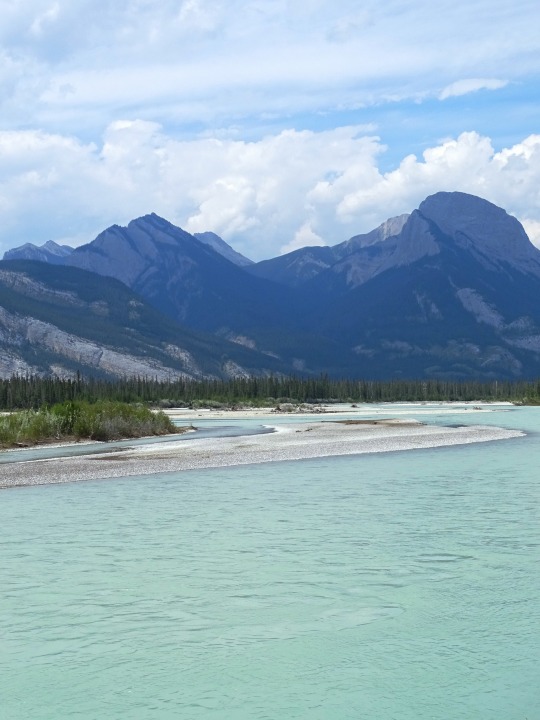
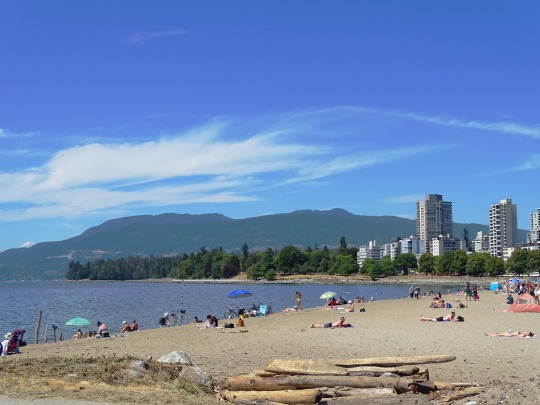
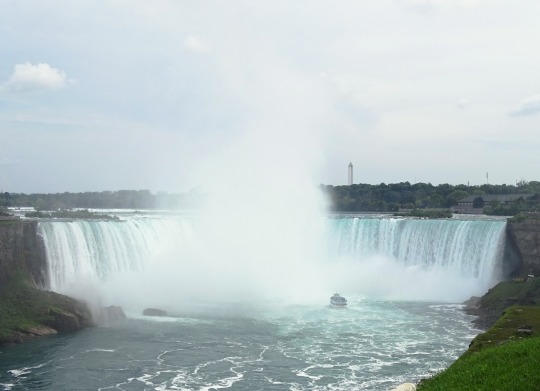
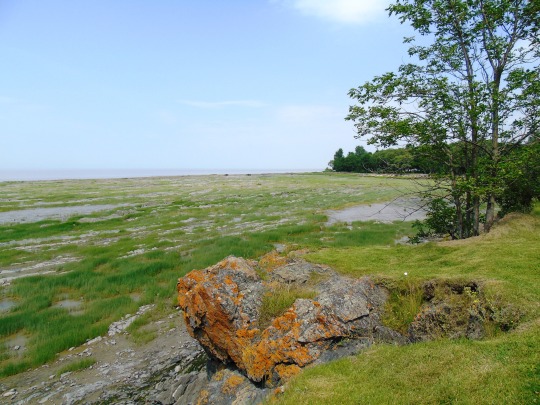
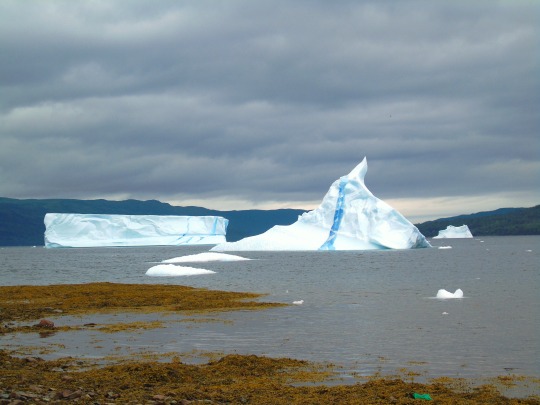
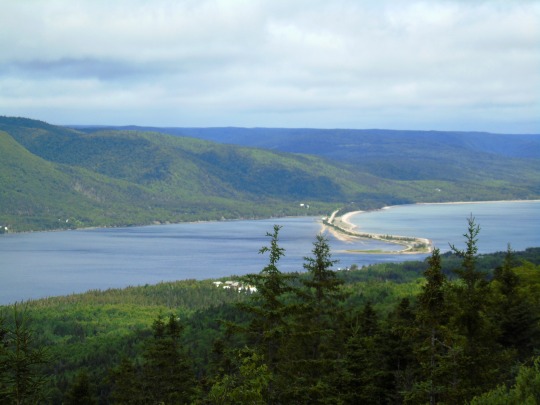
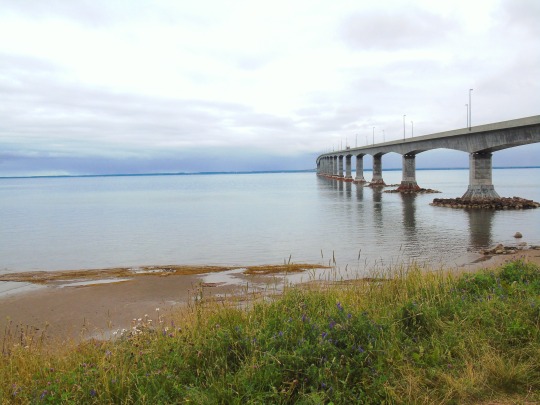
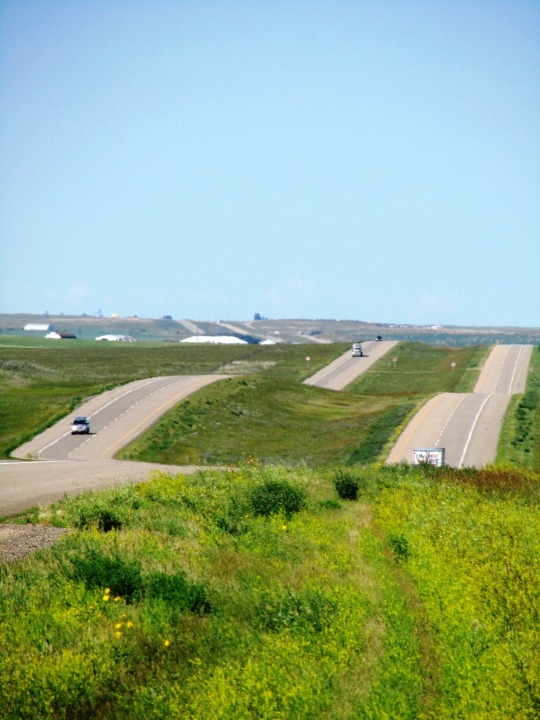
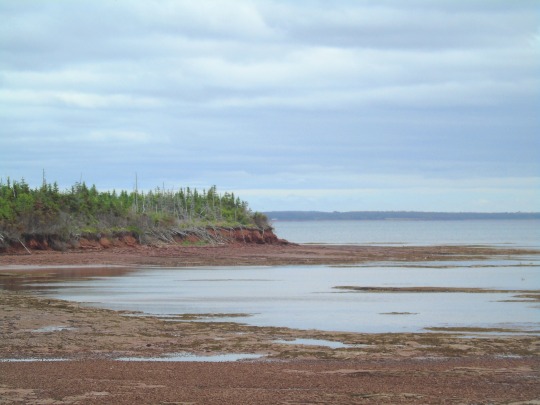





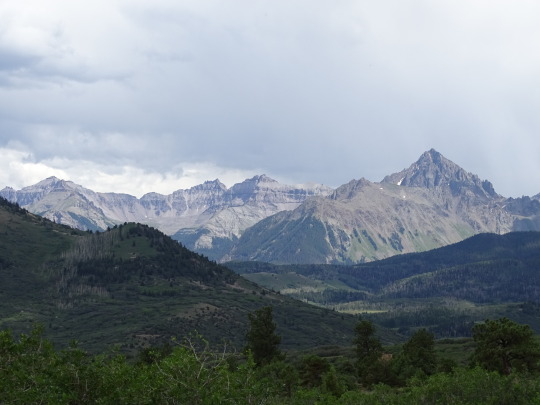
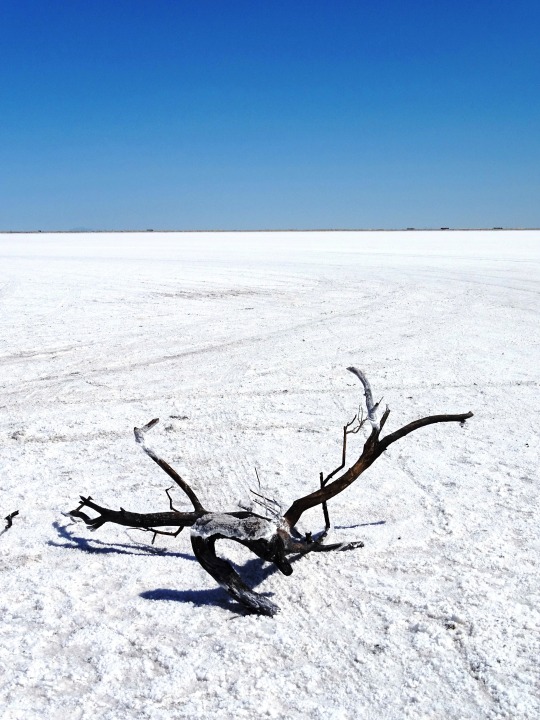
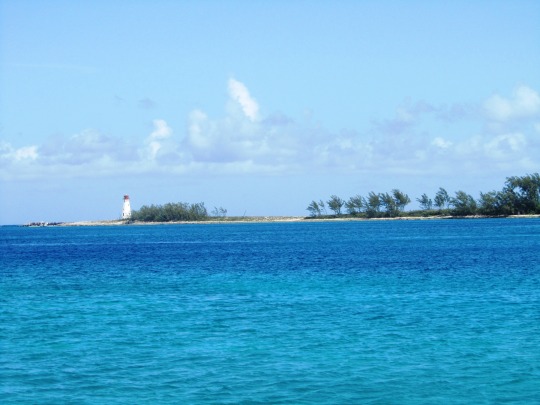

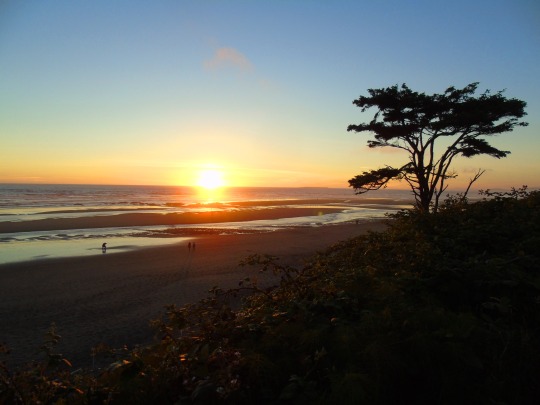

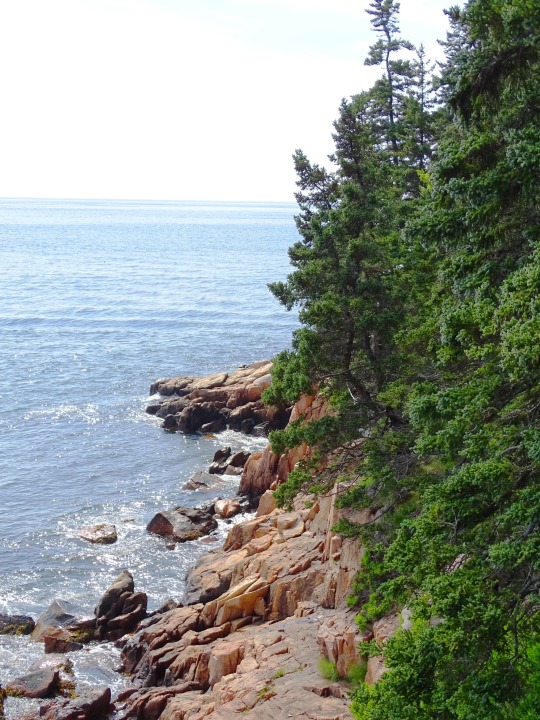
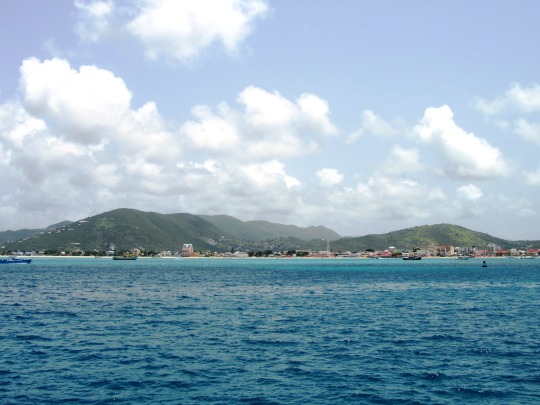
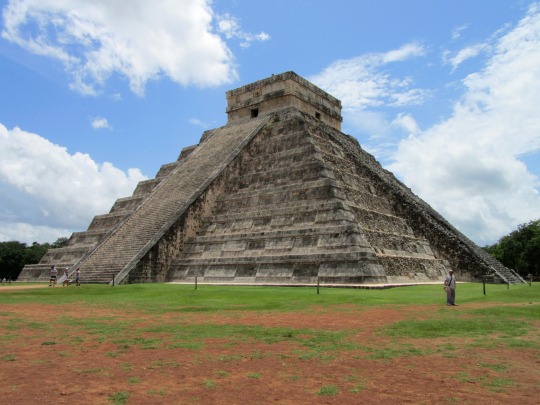


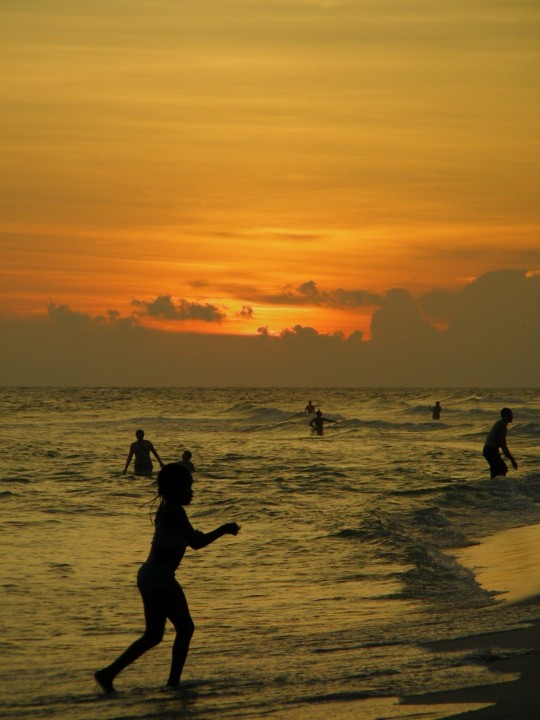

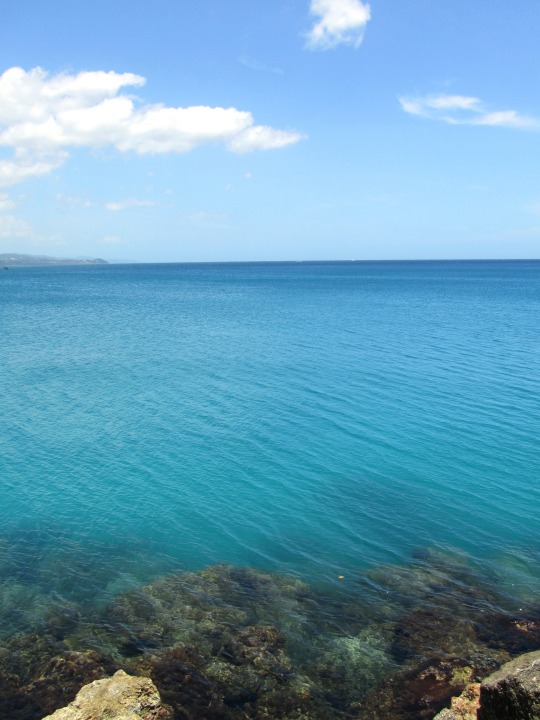
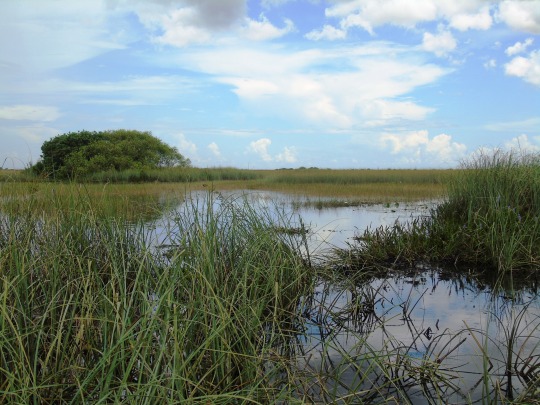
Pan American Day
Pan American Day is celebrated on April 14 each year. This is a day for us to remember the first International Conference of American States, which took place in Washington and resulted in the formation of the Organization of American States (O.A.S.) in 1948. The O.A.S. is the oldest regional organization of its kind in the world. Pan American Day celebrates the coming together of the Americas — the northern and southern American states. It also celebrates the various cultures and diverse traditions of the region. The day also reminds us to strive for better opportunities for all the states.
History of Pan American Day
The idea of an international union of the Americas was first brought up at the 1826 Congress of Panama by José de San Martín and Simón Bolívar. The aim was to create an alliance of American nations. At the time, however, it was decided that national interests were more important than the union of the various countries.
However, on April 14, 1890, the idea of having international solidarity among the Americas was reignited at the First International Conference of American States. This conference took place in Washington, D.C. with 18 member nations who decided to join the assembly. This was the beginning of the Organization of American States (O.A.S.). This organization was served by a permanent secretariat called the Commercial Bureau of the American Republics.
In the 1930s, U.S. President Franklin Delano Roosevelt organized an inter-American conference in Buenos Aires to talk about the need for a ‘League of Nations of the Americas.’ The members of this league would stay neutral in the event of any conflict. Members also adopted a system of collective security in response to the demands of the post-war situation. The Inter-American Treaty of Reciprocal Assistance (Rio Treaty) was signed in 1947 in Rio de Janeiro.
Finally, after many subsequent conferences, April 1948 saw the birth of the O.A.S. with signatures from 21 American member countries. This particular conference in 1948 also approved and adopted the American Declaration of the Rights and Duties of Man, which became the first human rights document in the world.
Pan American Day timeline
1826
The Idea of Pan America is Born
José de San Martín and Simón Bolívar introduce the idea of an international union of the Americas at the Congress of Panama.
April 14, 1890
The Beginnings of O.A.S.
The First International Conference of American States is held in Washington, D.C.
1930s
The Need for a League is Proposed
U.S. President Franklin Delano Roosevelt organizes a conference to propose a ‘League of Nations of the Americas.’
April 1948
Birth of the OAS
The Organization of American States is established with signatures from 21 American member countries.
Pan American Day FAQs
Why do we celebrate Pan American Day?
Pan American Day is a day to celebrate the alliances we have with other countries in North and South America. It is an opportunity to be thankful for the many opportunities that we have.
Why is Pan American Day important in Belize?
In Belize, Pan American Day is also a day of celebrating the arrival of various cultural groups from the Yucatan. It was originally known as Columbus Day.
What do people do on Pan American Day?
Parades and shows are held on Pan American Day. People also set up exhibits.
How to Observe Pan American Day
Plan a vacation: There is no better way to celebrate this day than to go and visit other American states. Explore the variety of cultures that the Americas have to offer.
Increase your knowledge: If you are a reader, find the nearest bookstore and read up about the different historical periods and cultures of the Americas. You can also listen to podcasts or audiobooks.
Take a quiz: Find a fun quiz to take with your friends or family. Make sure it is about North and South America.
5 Interesting Facts About The Organization Of American States (O.A.S.)
The O.A.S. helps strengthen democracyThe organization oversees free and fair elections in its member states.
The O.A.S. strives for peaceThe organization has initiated peace-keeping missions in places like Haiti and Guatemala.
The O.A.S. defends human rightsThe O.A.S. monitors and generates reports on the human rights situations in member states.
The O.A.S. fosters free tradeIt supports intracontinental free trade from Alaska to Tierra del Fuego.
The O.A.S. stands for sustainable developmentIt promotes sustainable development to fight poverty and climate change.
Why Pan American Day is Important
It’s a chance to revisit the past: This day reminds us to go back in time and look at how this union came to be. It is necessary to remember the many contributions that this union has made to life as we know it in America.
It’s a reminder to have an attitude of gratitude: This day helps us to be grateful for having allies. We should also be grateful for the many diplomatic and political advantages of this union.
It celebrates diversity: Pan American Day celebrates various cultures and people from the Americas. It makes us appreciate the rich heritage and history of the many generations before us.
Source
#Yukon#British Columbia#Alberta#Manitoba#Saskatchewan#Ontario#Québec#Newfoundland and Labrador#New Brunswick#Nova Scotia#Prince Edward Island#USA#Jamaica#Haitii#Caribbean Sea#Pacific Ocean#Atlantic Ocean#Sint Maarten#the Bahamas#Mexico#Gulf of Mexico#Arches National Park#Jasper National Park#Yosemite National Park#Everglades National Park#Acadia National Park#Grand Canyon National Park#Rocky Mountains#Monument Valley#Pan American Day
1 note
·
View note
Text



: ̗̀➛ IN TIMES OF LONELINESS. yan! kaveh / gn! reader
you'd hope your lover would be more than supportive after a rare job opportunity comes your way. but you know how this story goes, not when the job listing needs you to be seas apart from this man.
( emotional dependence, emotional manipulation, you 👊👊 are a sucker for this blondie, subtle yandere )

kaveh is breathtakingly beautiful.
golden locks meticulously pinned into place, cascading down into a dark brown, once kaveh pulls the pins out and lets them free, he lowers his head to you. you're free to do whatever you want— tug it, pull it, ruin it, but you opt to run your hand through it. tenderly massaging his scalp, twirling the honey strand around your finger as he rests his head on your lap.
it’s a sight one might behold— the beauty of domestic bliss between lovers. the words pouring out of his mouth, however, leaves the air with a sour tang.
“please don’t leave me,” he whimpers. he’s been crying for an hour now, and as you wipe his newest tears off his delicate face, you wonder how he hasn’t run out yet. “i’ll do anything, anything. just– just don’t go, [y. name]. i’m begging you, don’t leave me alone.”
you sigh, and kaveh’s body seems to shake even harder at that. like every breath of air that comes from your lips holds nothing but contempt and disappointment for him. he’s heard you say the same reassurances again and again— that no, it’s not him, he’s never the problem, he’s just overthinking. he’s long kept quiet about those kinds of thoughts, but it’s still there, plaguing his mind till it goes mad with insecurity.
“i’m not leaving you, kaveh,” you try to explain to him for the nth time. “i’m leaving sumeru. there’s a difference.”
“i’m in sumeru!” his cries grow frantic as he clutches onto you. “our life is in sumeru! what– what do you expect me to do without you!"
pretty as your lover might be, there is a time when too much becomes too much. yet you try not to exhale too deeply, twist your lips too much, anything that might make his thoughts turn for the worse. you of all people now how bad that could be.
"kaveh..." you start as softly as you can, yet he still flinches. you pat his blonde hair down to soothe his badly shaken nerves, not knowing what tragic scenarios he's already imagined in that pretty lil brain. "i'll be gone for maybe, like, two months. tthreee months at most, maybe." you wince. maybe you shouldn't have added that last part. "in that time i will be writing you letters, sending you trinkets... there's fontainian desserts that i'm sure you're dying to try. it's like i never even left!"
he lifts his face from the wet patch of tears he's stained your pants with, staring at you with wide red eyes like he can't believe you. "are you even hearing yourself?" he sniffles, wiping his tears away. "it's not the same. letters and souvenirs won't change the fact that you're not here by my side."
you bite down your lip, frustrated. "is it really that bad?" you try to plead with him. "just give me two months at most and i'll be back. you have plenty of projects to keep your mind off of me. before you know it, i'll be right back here with you!"
again, he stares at you. it's not the pleading, teary ones that remind you of a neglected labrador but more like the academic that he is— looking into your eyes to strip you of every layer till you laid your soul out bare. you hate it when he looks at you like that; the jarring shift between the clingy crybaby and the man you've barely begun to know.
"you think that's enough to keep you off my mind? projects?" he tucks back a strand of your hair and trails his finger down your chin, absentmindedly taking in every detail of your face. when he becomes like this, you feel like one of his art projects rather than his partner, but you stomach it. "there's not a single second i don't think of you, priya. even if i toil the nights away, even when these unreasonable clients drive me crazy, you will always be the one to ground me. so you see—?"
twirling a strand of your hair and bringing it to his lips, his gentle red eyes take you in so lovingly and fondly that you feel all drive and determination shatter within you.
"it'd be punishment to derive me of you."
you suck in a breath. he's done this many times before; take you in and plead with you so lovingly that you bend to every whim of his. but not today, surely not—
"don't leave?" he murmurs, a poor man begging for crumbs. "please?"
he watches you. you watch him. and when your body folds and the light flickers from your eyes, he sighs happily and kisses you like you're the sweetest nectar in the world. you wonder if you can even forgive yourself after this.
#yandere genshin impact#genshin impact#genshin impact x reader#yandere x reader#yandere genshin impact x reader#yandere kaveh#yester.writes
220 notes
·
View notes